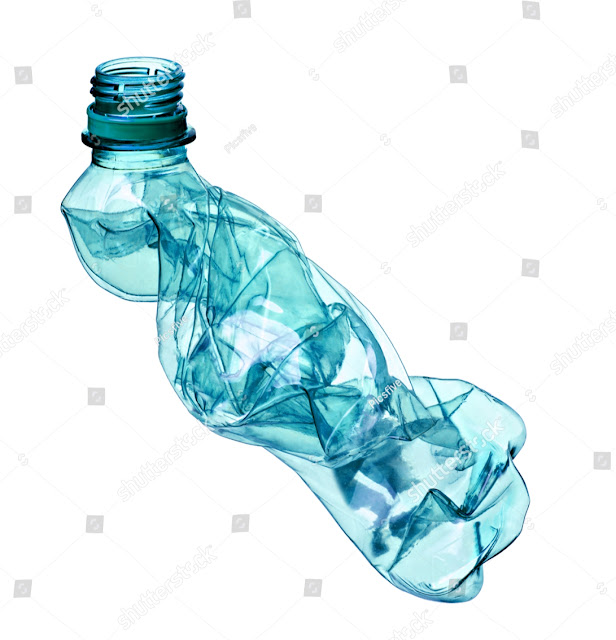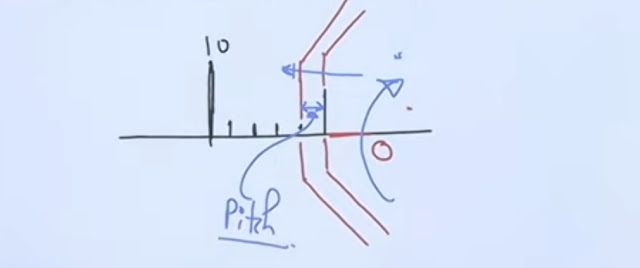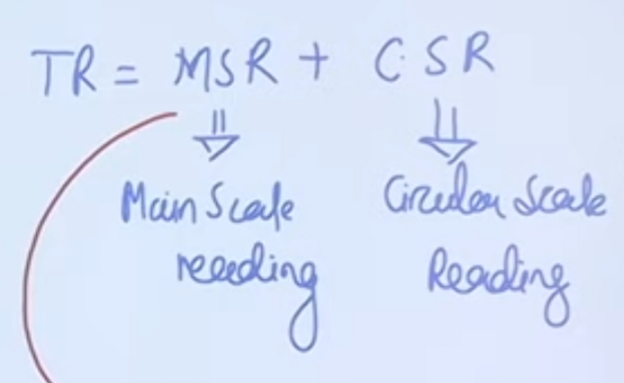Mechanical Properties of Material:
Hello friends,Today, we are discussing on Mechanical properties of material. It is very necessary for us to understand mechanical properties of material.
It is important to understand the mechanical properties of material because it shows us the use of the material. We also get information about which material can be used for our work.
Elasticity:
Elasticity is the property of material that when we apply a load to pull or press the material, and when it changes its shape. After removing the load, if it regains its shape, it is called the elastic property of the material. Like rubber that we pull and then release it comes to its original position, so we call it elastic material. But steel is high elastic material.
Plasticity:
Plasticity is the property of material that when we apply a load to the material, and when it changes its shape. After removing the load, if it is not regains its shape, it is called the plasticity.
Elasticity is followed by a limit, which is the elastic limit. The material is then converted to plasticity.
Ductility:
It is the property of material that when material can be pulled by applying force which can be converted into wire, that material is called ductile material. This property of material is called ductility.
Copper is a good example of ductile material. Copper is used for making wires.
Brittleness:
Lack of ductility is called brittleness.
Material that does not have ductility is called brittle material. Like if we pull the glass, it suddenly breaks.
Cast iron is a good example of brittle material.
Malleability:
When we convert a material to a thin sheet, it is due to the material's malleability.
In ductility, we pull the material at a single point and in malleability, when we crushed the material at different points, it is converted into thin sheets. This is called the malleable property of material. This property is also called malleability.
Hardness:
It is the property of material that resists the penetration or indentation from another part is called hardness. In Hardness Testing Machine, when we check the hardness of a material, a pin point of the machine indents and penetrates that material, after that we saw the amount of material that the pin enters. This refers to the hardness of the material. If the pin enters the material slightly, the material is equally hard. For example- Glass is a hard material.
Toughness:
It is the property of material that makes the material tough. The tough material means that the material doesn't break when we apply a sudden load or shock on it. We consider hardness and toughness to be the same. But the difference is that the tough material can bear the sudden load applied to it and hard material which cannot bear the sudden load and breaks.
You will understand this hopefully.
Thank you.
Some of related questions that helps to enhance your basic knowledge and you would like to understand.
Thank you.
Some of related questions that helps to enhance your basic knowledge and you would like to understand.

















